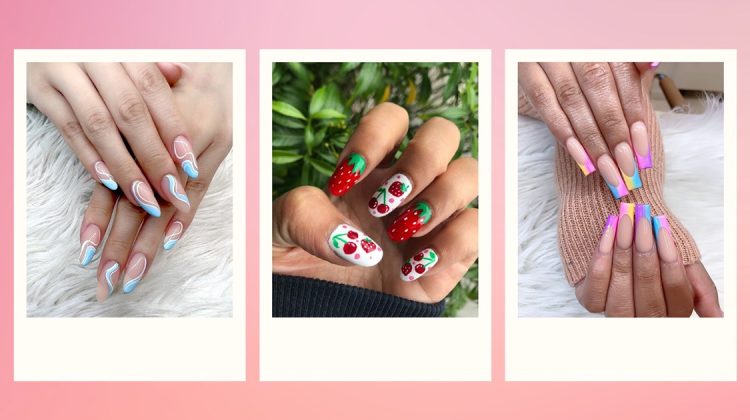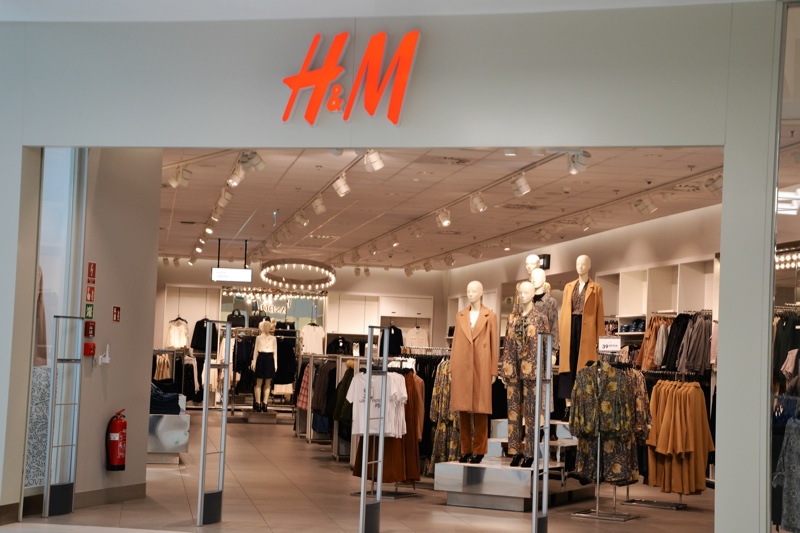
Together, OmboriGrid and H&M are strategically focused on changing the future of the fashion and retail industries. The two companies recently collaborated to introduce Shop the Look, a new Ombori app that allows customers to browse product information on digital signage, controlling the display via their smartphone.
Andreas Hassellof, CEO and founder of Ombori, recently visited Berlin to tour the H&M Beyond space, a unique space designed for the H&M team to test innovative products in the retail sector. During the tour, Oliver Lange, head of H&M Beyond, showed Andreas Hassellof what H&M was currently experimenting with, including the Ombori Shop the Look product.
Ombori and H&M: Shop the Look
Just days prior to Andreas Hassellof’s visit, H&M installed Ombori Shop the Look in their space. Shop the Look is an innovative app that offers customers an omnichannel approach to shopping. It allows visitors to shop the H&M collection on their smartphone while visiting the physical store.
Customers are prompted to scan a QR code that appears on a digital display in the space. Once scanned, Shop the Look is opened on their smartphones, and the user is prompted to make a selection – in the H&M Beyond space, users can select “men’s” or “women’s.” Once they make their selection, they are able to view photos displaying the H&M collection. The content shown on their smartphone is also displayed on the large screen in front of them. The solutions offer an interactive approach to browsing online.
This isn’t the first time H&M and Ombori have collaborated. It is actually the third project they’ve taken on together. Previously, the two companies have launched H&M Magic Mirror and H&M Garment Collecting Program.
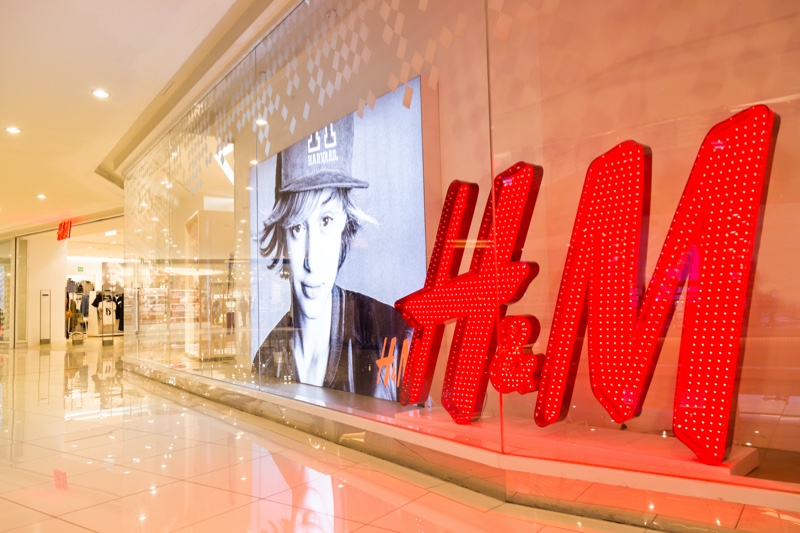
Ombori and H&M: Selfie Mirror
The H&M Magic Mirror (aka selfie mirror) is an interactive digital sign that allows visitors to take a selfie while visiting the H&M store. It creates a memorable experience for visitors and an added advertisement for H&M. Located in their flagship New York City store, the selfie mirror has attracted the attention of thousands of both domestic and international visitors. Visitors can take a selfie at the mirror, which is then rendered on the cover of a fun faux H&M magazine template. They can then opt to download the “cover” on their phone by scanning a QR code and can share the image on social media. Additionally, the mirror allows visitors to browse the current H&M selection.
Ombori and H&M: Garment Collecting Bins
The garment collecting bins were installed in H&M stores to promote sustainability – a concept at the core of both H&M and Ombori. Located in various H&M stores, the garment bins collect unwanted and unused clothes from visitors. The clothes are then recycled via the H&M platform.
The Ombori smart recycling bin is used to display the weight of the clothes being donated to the customer. For every 50 pounds of clothes donated, H&M plants one tree. Additionally, the signage is used to display real-time data about the recycling program – specifically, the volume of clothes being donated at each H&M store.
Changing the Consumer Experience
Ombori and H&M have responded to the change in consumer demands and have updated the shopping experience. By integrating a digital world with the physical, they are setting new expectations for consumers across the globe.
Focusing on Omnichannel Retailing
One of today’s most pressing demands is the ability to shop when and how they want across multiple platforms. “Omnichannel commerce” combines the physical and digital retail worlds through technological solutions. It enables businesses to connect with customers through a variety of media (laptop, mobile device, face-to-face, etc.) and provide them with an interactive shopping experience, which results in increased revenue.
There is no better example of how retailers like H&M can use technology to create an omnichannel experience than the Shop the Look screen. Thanks to this technology from Ombori, H&M customers can discover looks on the inspiring large-format screen. Typically placed in a window, the screens allow for shopping to take place, even when the store is closed. Using the customer’s phone, a full look can easily be purchased for home delivery.
They have taken the qualities of online shopping and translated them into an easy-to-access form while having the benefit of seeing, feeling, and trying on the clothing if the store is open.
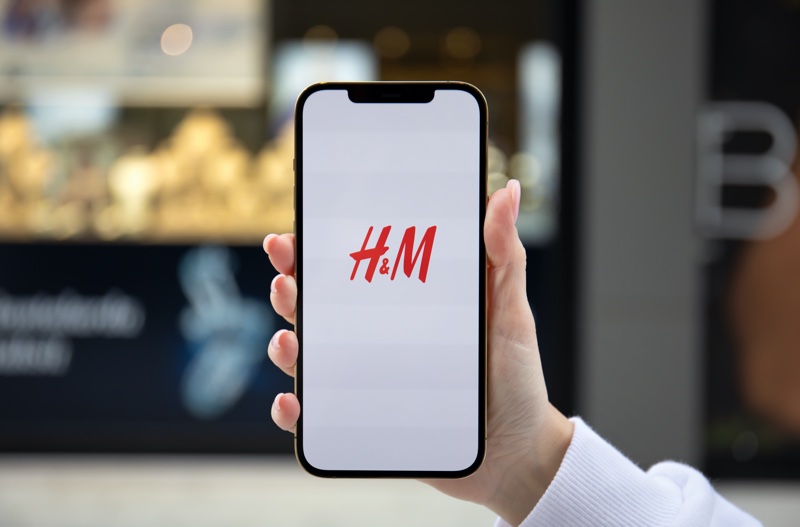
Adopting a Customer-Centric Approach
Customers appreciate the opportunity to control the shopping experience, but a customer-centric approach can also benefit businesses. A brand that puts the customer first and at the center will likely experience increased profits. This demands retailers do more than just say the customer is top of mind. Instead, it requires them to truly understand their customers – to anticipate their wants, needs, and communication preferences, create meaningful experiences and build long-lasting relationships with them.
H&M is effectively doing this through its Made2Measure initiative. The Made2Measure initiative is currently being tested at H&M Beyond – the concept allows shoppers to purchase tailor-made clothing, reducing returned and unwanted products. This project demonstrates H&M’s commitment to its customers by offering them made-to-measure apparel produced on demand as well as doing something fresh and new in the fast-fashion scene.
Similarly, Ombori has also recognized the importance of adopting a customer-centric approach and has developed several technologies. This includes online ordering, queue management, alternative shopping options, and digital signage – to help companies like H&M show customers they care about the need for safety, convenience, variety, and entertainment while shopping.
Supporting Trend-Setting, Tech-Based Shopping
The COVID-19 pandemic created many challenges, but it also revealed new customer demands. As stores were forced to close their doors and customers had to find alternative methods for purchasing non-essential items, many retailers turned to technology to promote sales. The result has been an increased comfort level among consumers using tech-based shopping and the growing expectation that retailers will continue offering innovative tools and products post-pandemic.
H&M is listening to customers’ desire for a safer shopping experience and products that support social distancing. Wearable Love is one of the most innovative products currently offered by H&M. This unique apparel allows wearers to stay in close contact with loved ones while avoiding physical interaction. Likewise, Ombori’s Selfie Mirror will enable shoppers to share their retail experience virtually with friends via social media. Instead of bringing a friend to the store, customers can get feedback via their smartphones.
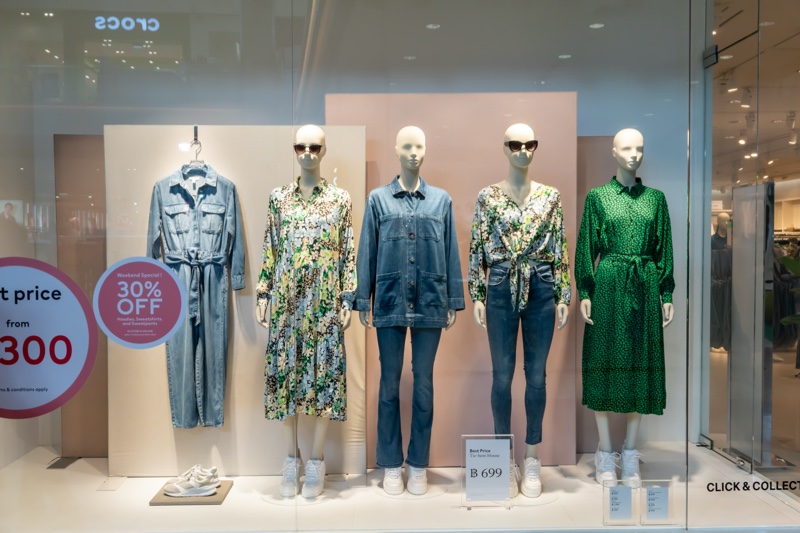
(Always) Promoting Sustainability
In addition to technology, today’s shoppers prefer retailers who share their personal values, including a commitment to protecting the environment. Unfortunately, the fashion industry is one of the biggest culprits when it comes to waste and pollution. According to the U.S. Environmental Protection Agency (EPA), 26 billion pounds of textiles end up in landfills each year. In the face of such statistics, many consumers are rethinking the consequences of their shopping habits and making necessary changes.
The good news is retailers and tech companies are working together to address these concerns by offering customers a more environmentally conscious shopping experience. As previously mentioned, H&M has worked with Ombori to introduce Garment Collecting Bins in its stores, allowing customers to donate used clothing. In addition, H&M has taken the lead in the clothing rental market by introducing its Rental Selection initiative, which enables customers to rent garments that might otherwise get discarded.
Together, Ombori and H&M are shaping the future of retail through the innovative use of technology. They are addressing new customer demands with solutions such as the Shop the Look Screen, Selfie Mirror, and Garment Collecting Bins. The result has been both increased customer satisfaction and higher profits. The fashion and retail industries are ever-evolving and even more so as the COVID-19 pandemic continues and customer demands shift. Whatever the future holds, the collaboration between tech companies and retailers will remain key to catering to the consumers’ needs and producing the ultimate customer experience.
